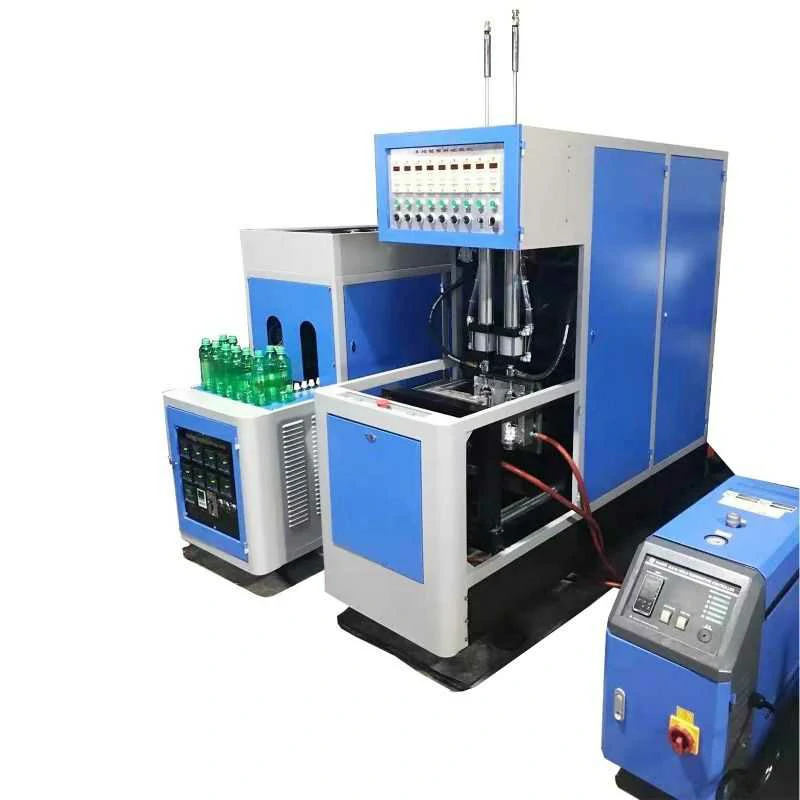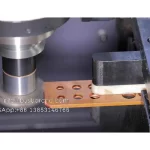In the world of manufacturing, blow molding has emerged as a popular method for producing plastic products. It involves creating hollow objects by inflating molten plastic into a mold. Over the years, blow molding technology has advanced significantly, leading to the development of cutting-edge equipment that offers enhanced efficiency and versatility.
h2.The Evolution of Blow Molding Equipment
Blow molding equipment has come a long way since its inception. Traditional blow molding machines were limited in their capabilities and often required extensive manual intervention. However, with advancements in technology, modern blow molding equipment has become highly automated and efficient.

One significant development in blow molding technology is the introduction of extrusion blow molding machines. These machines use a continuous extrusion process to create plastic products. The molten plastic is extruded through a die and then inflated to form the desired shape. This method allows for the production of complex shapes and sizes with precision and consistency.
h2.Advancements in Material Handling
Material handling is a crucial aspect of blow molding, as it ensures the smooth flow of raw materials and finished products throughout the production process. Newer blow molding equipment incorporates advanced material handling systems that enhance productivity and minimize downtime.
For instance, many modern machines are equipped with robotic systems for loading and unloading molds. These robots can quickly and accurately handle molds of varying sizes and shapes, reducing the need for manual labor and increasing overall efficiency.

h2.Improved Control Systems
Control systems play a vital role in ensuring the quality and consistency of blow molded products. With the latest advancements, blow molding equipment now features sophisticated control systems that offer precise control over various parameters.
These control systems allow operators to monitor and adjust factors such as temperature, pressure, and speed during the molding process. This level of control ensures that each product meets the desired specifications and minimizes the chances of defects or inconsistencies.
h2.Energy Efficiency and Sustainability
In recent years, there has been a growing emphasis on energy efficiency and sustainability in manufacturing processes. Blow molding equipment manufacturers have responded to this demand by developing machines that are more environmentally friendly and energy-efficient.
Newer machines incorporate advanced heating and cooling systems that optimize energy usage without compromising the quality of the final product. Additionally, some machines use recycled materials in the blow molding process, contributing to a more sustainable approach to plastic manufacturing.
h2.The Integration of Industry 4.0 Technologies
Industry 4.0 technologies are revolutionizing the manufacturing sector, and blow molding equipment is no exception. Many modern machines now feature connectivity and data exchange capabilities, allowing for remote monitoring and control.
By integrating sensors and IoT (Internet of Things) technology, blow molding equipment can collect real-time data on various parameters such as temperature, pressure, and machine performance. This data can be analyzed to identify patterns, optimize settings, and predict maintenance requirements, ultimately improving overall efficiency and reducing downtime.
As blow molding technology continues to evolve, so does the equipment used in the process. The advancements in blow molding equipment have led to increased productivity, improved quality control, and reduced environmental impact. With the integration of cutting-edge technologies, manufacturers can explore new possibilities and achieve greater efficiency in producing plastic products. Whether it is extrusion blow molding or incorporating Industry 4.0 technologies, the future of blow molding equipment looks promising and exciting.
https://iflatiron.com/



